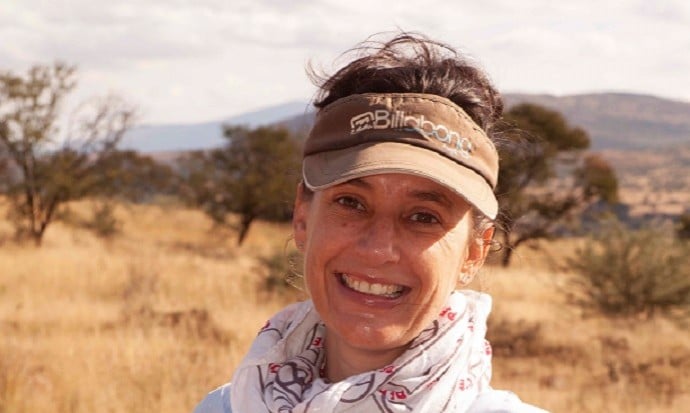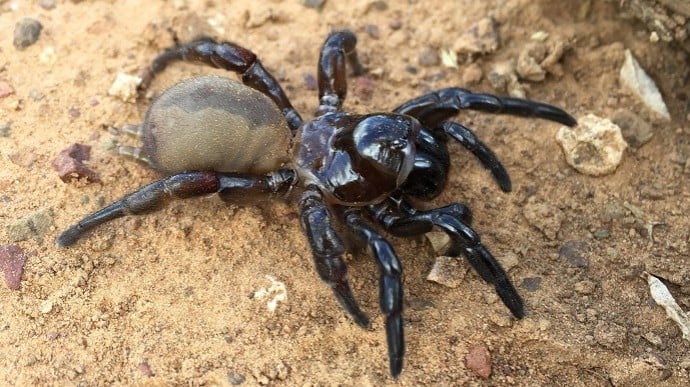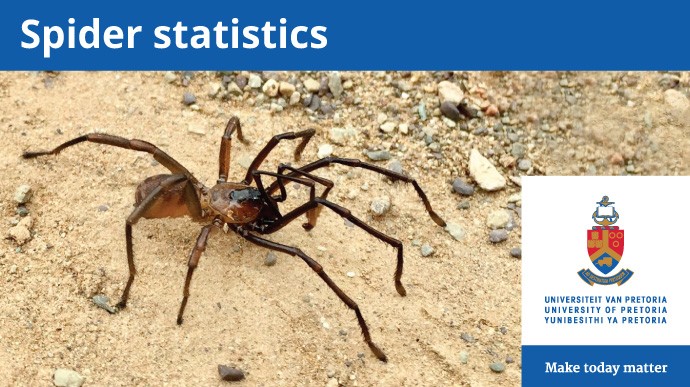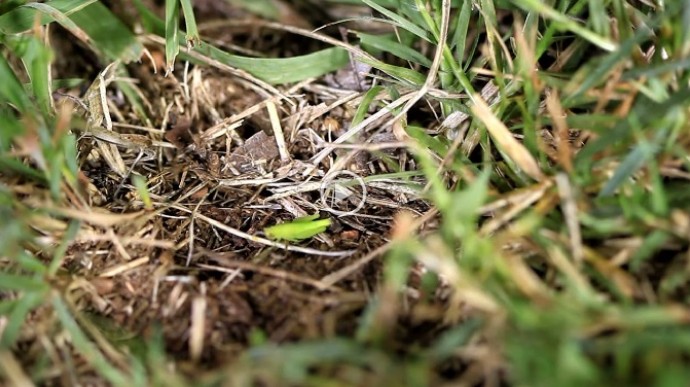
Professor Catherine Sole's research is driven by the power of molecular techniques in testing evolutionary processes at various levels: population, species and higher taxa with special focus on invertebrates. She aims to find common evolutionary patterns in different taxa that reflect landscape and phylogenetic changes; and linking them to climatic, biogeographic and geological changes.
She is affiliated with the University of Pretoria Forestry and Agricultural Biotechnology Institute (FABI) to which she contributes entomological capacity and expertise.
 Story
Story
Over the past two decades, field trips in search of dung beetles have taken University of Pretoria (UP) doctoral student Christian Deschodt across Southern Africa. But it was a well-trodden walk to fetch his kids from school, a mere 1,5km from his home near Hartbeespoort, that saw him stumble upon an entirely new species.
 Gallery
Gallery
In another paper, Deschodt described yet another new species. Onthophagus pragtig most likely only feeds on the innards of dead millipedes. It is one of 20 species that is part of a small group of dung beetles in the genus Onthophagus. All other species in this group are known to prefer feeding on the soft internal organs (or viscera) of dead millipedes.
 Infographic
Infographic
Dung beetles likely date back to Africa some 40 million years ago. They then spread across the world, except to Antarctica. Most dung beetles feed on dung. They lay their eggs in dung balls that are buried underground so that their developing larvae have enough food and easy access to it. Their digging helps to nourish and loosen the soil, and improves its water-holding capacity.
 Story
Story
Nine new trapdoor spider species have been discovered in the Great Karoo by researchers at the University of Pretoria’s (UP) Department of Zoology and Entomology, and the Agricultural Research Council (ARC).
 Infographic
Infographic
Trapdoor spiders hide in underground burrows that are covered with a cork-like lid made of soil, silk and plants. Learn more about trapdoor spiders with this infographic.
 Video
Video
Watch carefully to see how a trapdoor spider catches its prey through its trapdoor.
Copyright © University of Pretoria 2025. All rights reserved.
Get Social With Us
Download the UP Mobile App